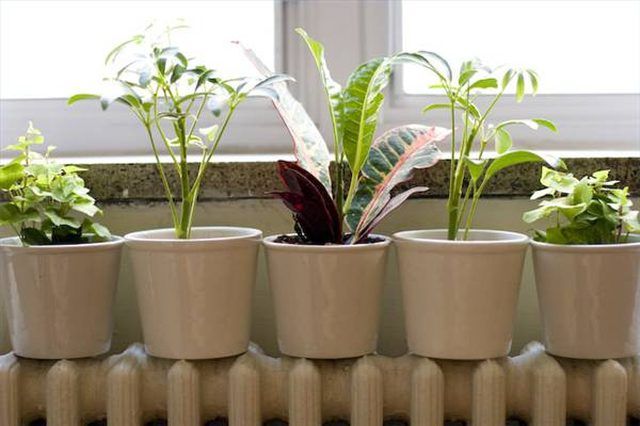Bulbs
Flower Basics
Flower Beds & Specialty Gardens
Flower Garden
Garden Furniture
Garden Gnomes
Garden Seeds
Garden Sheds
Garden Statues
Garden Tools & Supplies
Gardening Basics
Green & Organic
Groundcovers & Vines
Growing Annuals
Growing Basil
Growing Beans
Growing Berries
Growing Blueberries
Growing Cactus
Growing Corn
Growing Cotton
Growing Edibles
Growing Flowers
Growing Garlic
Growing Grapes
Growing Grass
Growing Herbs
Growing Jasmine
Growing Mint
Growing Mushrooms
Orchids
Growing Peanuts
Growing Perennials
Growing Plants
Growing Rosemary
Growing Roses
Growing Strawberries
Growing Sunflowers
Growing Thyme
Growing Tomatoes
Growing Tulips
Growing Vegetables
Herb Basics
Herb Garden
Indoor Growing
Landscaping Basics
Landscaping Patios
Landscaping Plants
Landscaping Shrubs
Landscaping Trees
Landscaping Walks & Pathways
Lawn Basics
Lawn Maintenance
Lawn Mowers
Lawn Ornaments
Lawn Planting
Lawn Tools
Outdoor Growing
Overall Landscape Planning
Pests, Weeds & Problems
Plant Basics
Rock Garden
Rose Garden
Shrubs
Soil
Specialty Gardens
Trees
Vegetable Garden
Yard Maintenance
What Are the Differences Between Indoor Plants & Outdoor Plants?
What Are the Differences Between Indoor Plants & Outdoor Plants?. The difference between an indoor plant and an outdoor plant mainly has to do with a plant's temperature tolerance. All types of plants were originally outdoor plants, of course, but certain plants are now referred to as indoor plants, or houseplants, because of their low tolerance...

The difference between an indoor plant and an outdoor plant mainly has to do with a plant's temperature tolerance. All types of plants were originally outdoor plants, of course, but certain plants are now referred to as indoor plants, or houseplants, because of their low tolerance for cool temperatures, their long life span and their ability to thrive in containers.
Temperature Tolarance
Plants grown inside are generally species that thrive in temperatures between 60 and 80 degrees Fahrenheit. Most indoor plants that grow well in this temperature range are tropical plants. Tropical plants enjoy warm temperatures and humidity, but they do not require constant sunlight. Outdoor plants can tolerate a wider temperature range. The USDA Hardiness Map divides the United States into 11 hardiness zones, ranging from Zone 1 (in Alaska) to Zone 11 (in Hawaii), and outdoor plants are sold with information on what zone they are suitable for.
Types
Some common houseplants include Ficus elastica (rubber plant), Chlorophytum comosum (spider plant) and aloe vera. These are all tropical plants. Popular plants for outdoor gardens include ornamental trees and shrubs, vines, vegetables and herbs, perennial flowers (flowers that return for three or more years) and annual flowers, which grow for one season.
Dormancy Period Differences
Most outdoor plants have dramatically visible signs of death or dormancy. Plants wither, lose leaves and decay. Annual plants only last for one growing season, and perennial plants return after a period of dormancy. Indoor plants also have a dormant period. Indoor plants will stop growing during autumn and winter; some plants may look faded and tired during their dormant period.
Putting Houseplants Outdoors
Some plants can thrive both indoors and outdoors, providing that they are brought in during the coldest months. Many houseplants do well with a "summer vacation" outside. Since many indoor plants are tropical, they grow well in the more humid outdoors, and breezes help fight off houseplant pests and fungal diseases. Wait until nighttime temperatures are above 50 degrees Fahrenheit before moving indoor plants outdoors. Place the plants in a partially shaded location, as most indoor plants cannot tolerate full sun.
Growing Garden Plants Indoors
Certain outdoor plants, such as vegetables, can be grown indoors. Place these plants by a south-facing window so that they can absorb the required five hours of sunlight. Supplemental high-intensity plant grow lights are also recommended. Space-saving dwarf varieties of tomatoes and peppers and many types of herbs are best for an indoor garden.